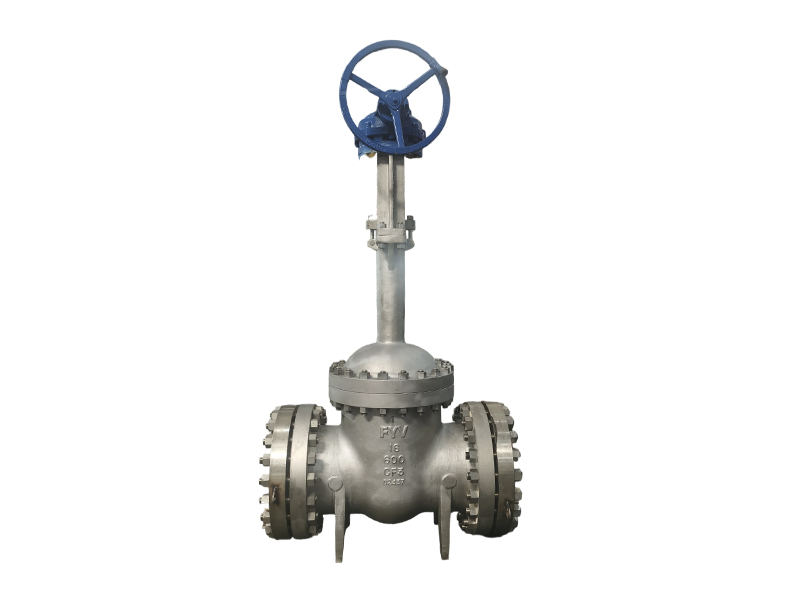2025-06-16
Cryogenic valves are essential components in industries that handle low temperatures, such as

Applications:the liquefied natural gas (LNG) sector, cryogenic storage facilities, and other industries dealing with liquefied gases like nitrogen, oxygen, and hydrogen. These valves are specially designed to function reliably and maintain the integrity of the system in conditions where standard valves might fail. Two common types of cryogenic valves are the Cryogenic Gate Valve and the Cryogenic Ball Valve. While both types serve similar purposes, they have different design features, operational methods, and applications.
A cryogenic valve is designed for use in systems that operate at low temperatures, typically below -196°C (-321°F), where ordinary valves may be susceptible to damage due to thermal expansion, contraction, or material brittleness. Cryogenic valves are made from special materials that can withstand such conditions, ensuring that the valve operates safely and efficiently even in the demanding environments.
Both the Cryogenic Gate Valve and the Cryogenic Ball Valve are widely used in cryogenic systems to control the flow of gases and liquids under low-temperature conditions. However, their operational principles and designs differ significantly, which makes each suitable for different types of applications.
A Cryogenic Gate Valve is a type of valve that utilizes a gate mechanism to block or allow the flow of a substance. When fully open, the gate valve creates a full unobstructed flow path, providing minimal pressure drop. Gate valves typically feature a wedge-shaped gate that slides between two seat rings, offering a tight seal when closed.
Key Design Features:
Gate Mechanism: The gate is usually made from durable materials like stainless steel or specialized alloys, ensuring that it can withstand temperatures and pressure changes without becoming brittle or prone to damage.
Sealing Materials: Cryogenic gate valves use specially designed sealing materials that can maintain integrity at cryogenic temperatures. This helps prevent leaks and ensures a reliable seal even in cold conditions.
Linear Motion: The motion of the gate is linear, meaning that the valve operates by raising or lowering the gate between the seat rings.
Slow Opening/Closing: Cryogenic gate valves are often manually operated, though they can be automated as well. The opening and closing process is slower compared to some other valve types, providing a more controlled flow regulation.
A Cryogenic Ball Valve, on the other hand, operates with a ball that has a hole or port through its center. This ball rotates 90 degrees to control the flow of fluid through the valve. When the valve is open, the port in the ball aligns with the flow path, allowing fluids to pass through. When the valve is closed, the port is perpendicular to the flow path, blocking it entirely.
Key Design Features:
Ball Mechanism: Cryogenic ball valves use a spherical ball made of materials that can withstand low temperatures and high-pressure environments. This ball mechanism ensures a quick shutoff, making it ideal for on/off applications.
Quarter-Turn Operation: The ball valve operates with a simple 90-degree turn, which makes it easier to use in systems that require rapid response times.
Sealing Materials: Cryogenic ball valves are designed with special seals that maintain flexibility and integrity at low temperatures. The sealing system is engineered to prevent any leakage under cryogenic conditions.
Compact Size: Cryogenic ball valves are generally more compact than gate valves, which makes them suitable for applications where space is a constraint.